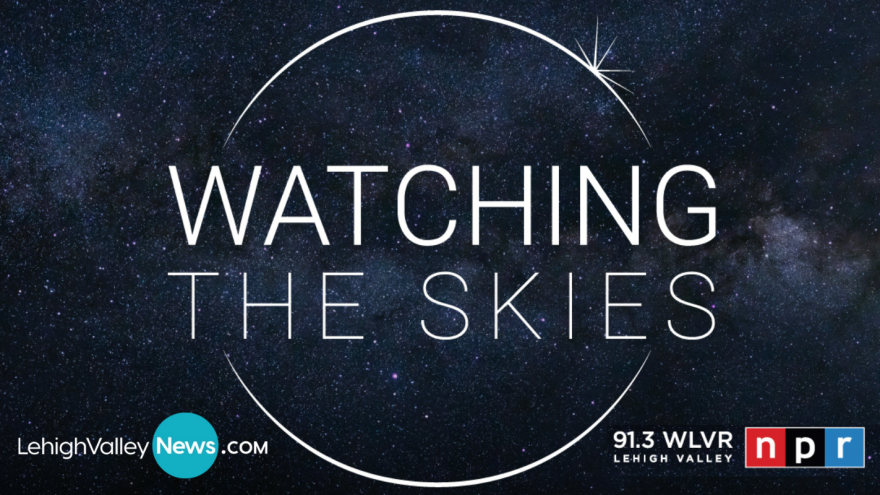BETHLEHEM, Pa. — Brad Klein reviews upcoming astronomical highlights with Bethlehem’s "Backyard Astronomy Guy," Marty McGuire.
This week marks the peak nights of the annual Lyrid meteor shower. The chance to "catch a falling star" in this spring meteor shower extends for several days before and after peak viewing time Monday night, into Tuesday morning.
For your best chances, find a dark sky location, get comfortable, and prepare to stay up past midnight. If clouds obscure the sky that night, you can try again through April 29, according to the astronomy site EarthSky.

Like all annual meteor showers, the Lyrids have their origin in the debris left behind by a comet that has interacted with our sun.
“It's when Earth passes through the dusty tail of a comet called Comet Thatcher, which was actually discovered in 1861,” McGuire said.
Comet Thatcher, technically C/1861 G1 Thatcher, is not expected to return to our inner solar system until the year 2283. It has an orbit of over 400 years.



